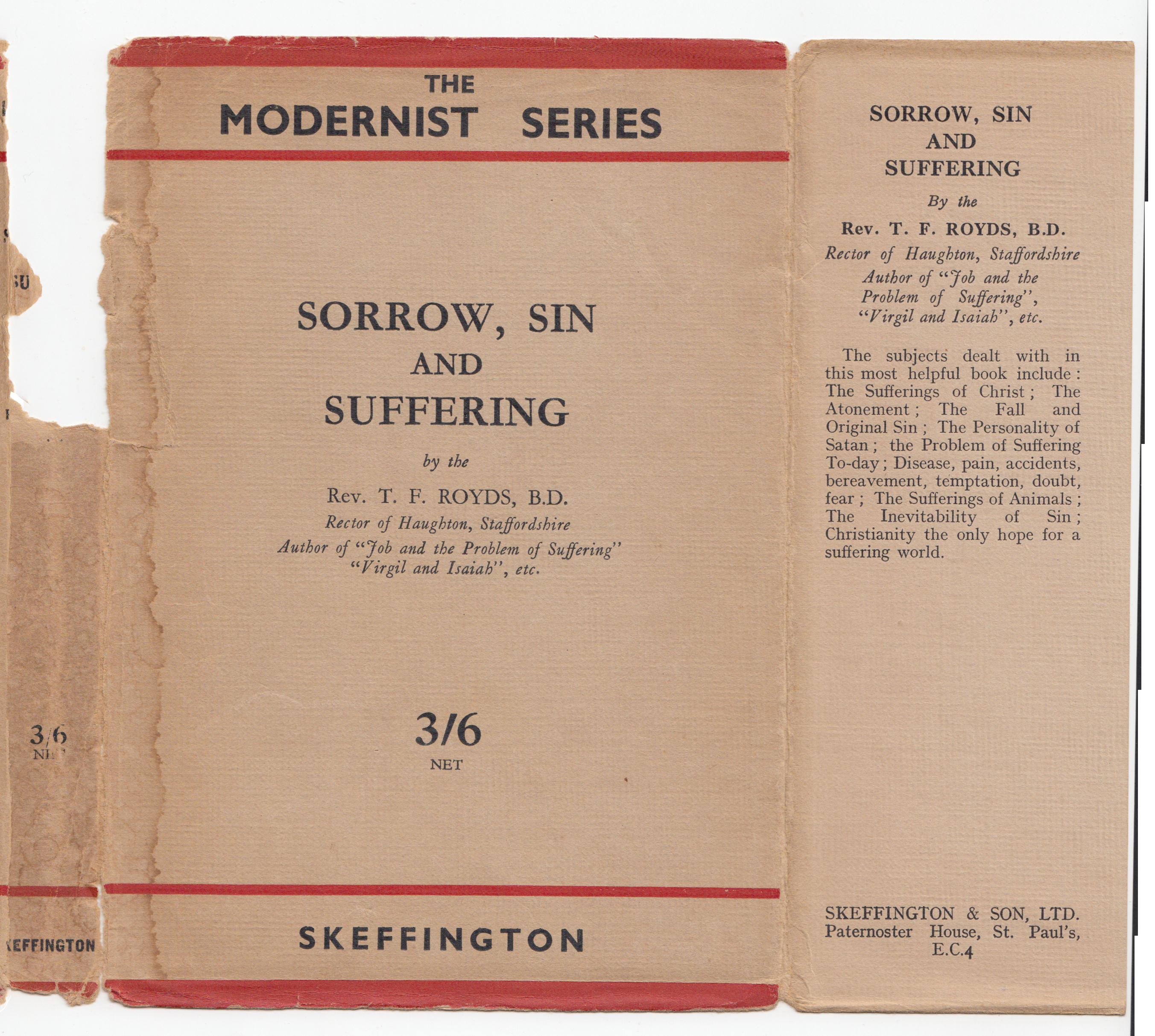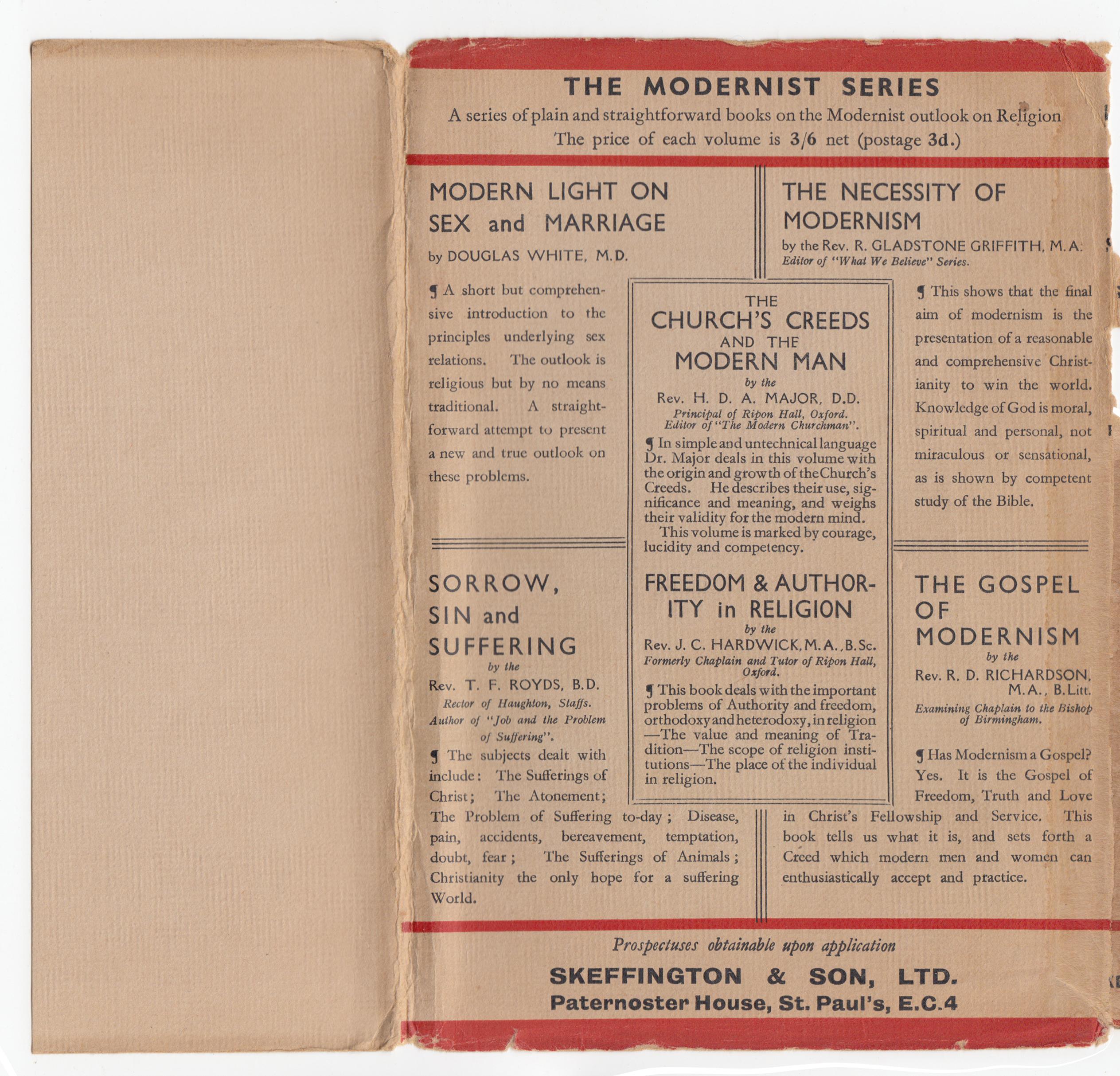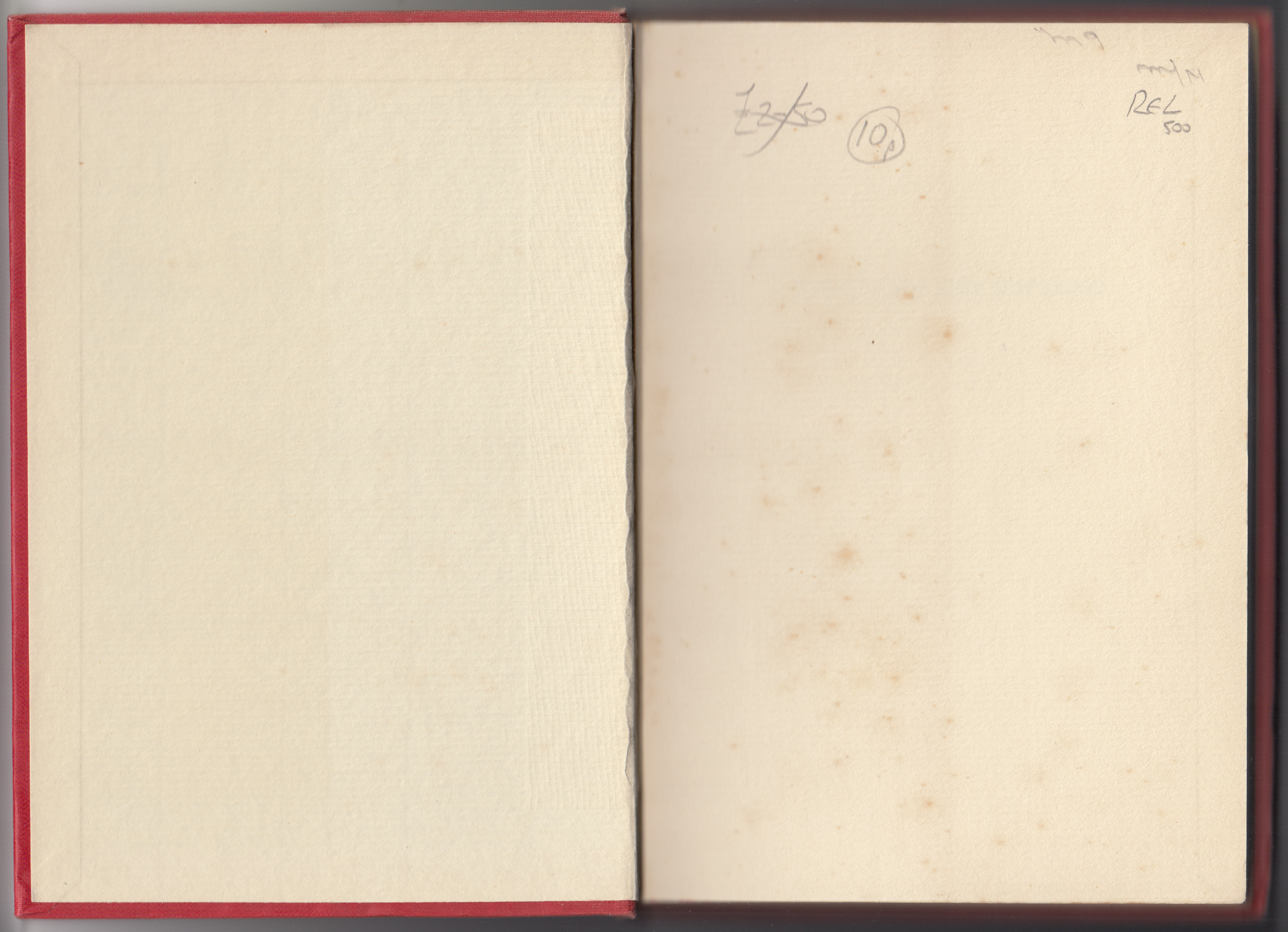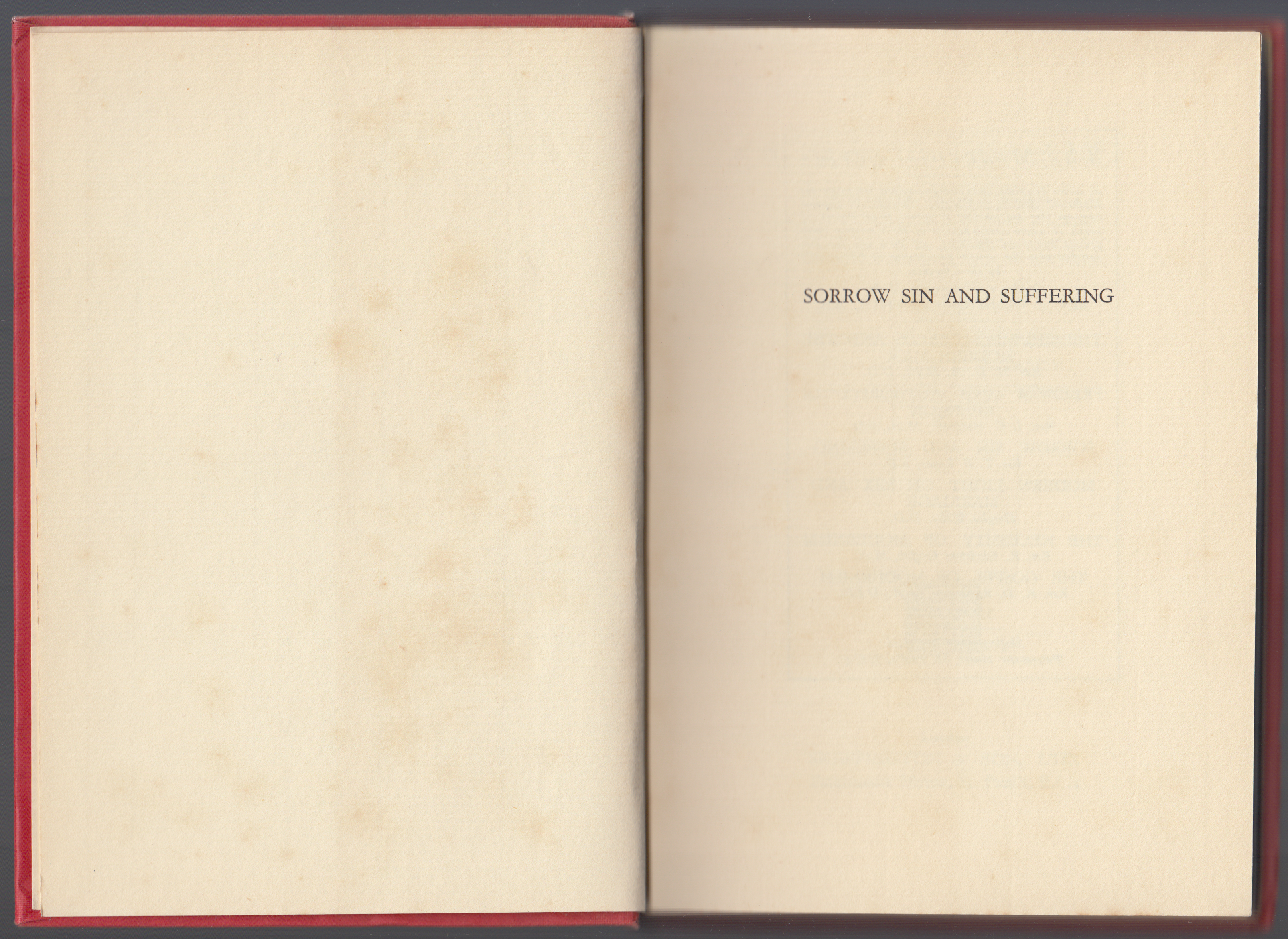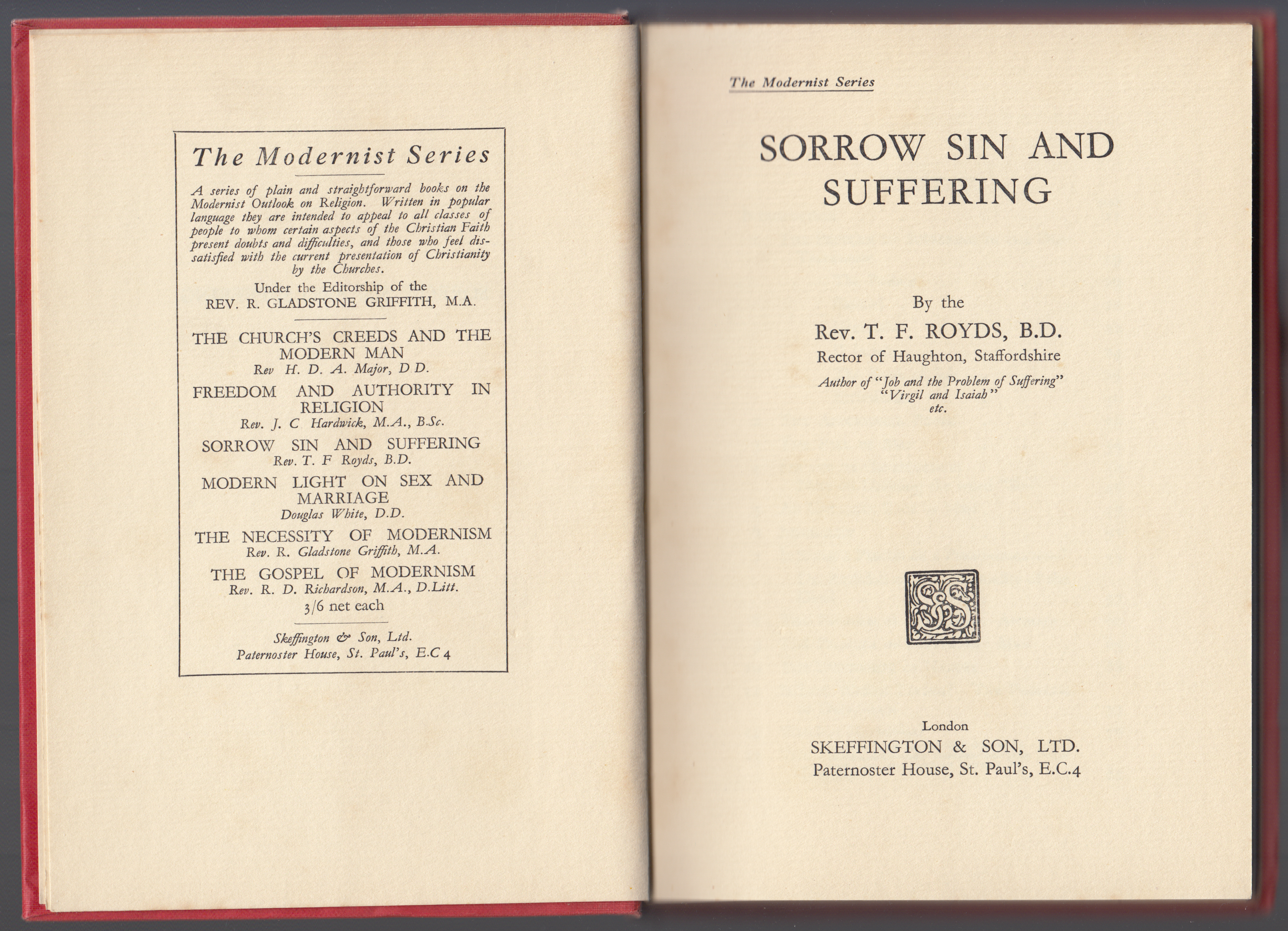Skeffington & Son (London, UK)
Dates: 1929-1935
Size: 5.5″ x 7.5″
Updated 7/25/2024
“The House of Skeffington, which for over a century specialized in religious works, dates back to 1844, when William Skeffington began trading as a bookseller at 7 Islington Green, Middlesex. He was still at this address the following year, but from 1846 to 1850 is recorded as operating from Oddy’s Row, Islington Green. In 1850 he moved to 192 Piccadilly, London, a smart address, and there, with a partner named Southwell, he began publishing religious books. Before long Southwell left, and until 1853 Skeffington published alone at the same address. In 1854 he moved to 163 Piccadilly. His son became a partner in 1876. In these years the Skeffington list continued to be dominated by religious or quasi-religious titles, although the publication in 1856 of a new edition of Art of Preserving the Teeth, by Josiah Saunders, constituted a bold departure. By the 1870s Skeffington had established a reputation as a major publisher of sermons.”
“In 1888 Skeffington (William) and Son became Skeffington and Son – possibly indicating the death of William Skeffington and the accession as partner of his grandson. In the 1920s the firm was taken over by Hutchinson and Company, which kept the Skeffington imprint. Within Hutchinson, Skeffington kept its specialty in religion but also brought out Elliott O’Donnell’s Famous Curses (1929), Paul Tabori’s The Real Hungary (1939), and Victor Booth’s We Piano Teachers (1946). The Skeffington imprint survived until the early 1960s.”
From: “William Skeffington.” British Literary Publishing Houses, 1820-1880, edited by Patricia Anderson and Jonathan Rose, vol. 106, Gale, 1991, p. 277. Dictionary of Literary Biography Vol. 106.
The Modernist Series consisted of 6 titles, all commissioned for the series, published between 1929 and 1932 with reprints until 1935. The cost was 3/6 net each. The series is summarized as such:
“A series of plain and straightforward books on the Modernist Outlook on Religion. Written in popular language they are intended to appeal to all classes of people to whom certain aspects of the Christian Faith present doubts and difficulties, and those who feel dissatisfied with the current presentation of Christianity by the Churches. Under the Editorship of the Rev. R. Gladstone Griffith, M.A.”
Titles include:
Modern Light On Sex And Marriage (1929, 1932)
Douglas White, D.D.
Freedom And Authority In Religion (1930, 1932, 1934)
Rev. ]. C Hardwick, M.A., B.Sc.
The Church’s Creeds And The Modern Man (1932, 1933)
Rev H. D. A. Major, DD.
The Gospel Of Modernism (1932, 1933, 1935)
Rev. R. D. Richardson, M.A., D.Litt.
The Necessity Of Modernism (1932)
Rev. R. Gladstone Griffith, M.A.
Sorrow Sin And Suffering (1932, 1933)
Rev. T. F Royds, B.D.
This copy of Sorrow, Sin and Suffering by the Rev. T.F. Royds is undated. The title was first published in the series in 1932. At least one reprint was issued in 1933.
I’ve not found any advertising for the series besides a half-dozen reviews and inclusion in “new books” columns in contemporary literature.
Series jackets are likely common to the series (I’ve only seen this jacket) and consist of a simple design that is reminiscent of the design of the U.S. Modern library jackets from ca. 1930:
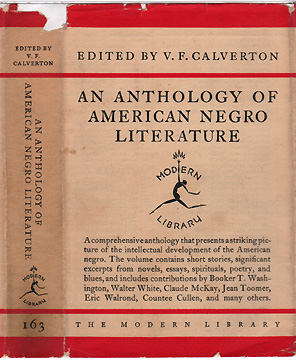 |
 |
The top of the jacket spine is missing, but it likely contained the title, author, and possibly the series name. The price (3/6 net) and publisher are on the spine. The front of the jacket also includes a few additional titles by the author. The front jacket flap blurbs the title and includes publisher information for this, at the time, Hutchinson & Co. imprint.
The back of the jacket contains a curiously designed, nay “modernist,” collage of the 6 titles in the series with blurbs on each.
The book is bound in red cloth with black typography. The series name is included on the front of the book.
Blank endpapers:
The half-title page:
The title page includes a blurb about the series and its six titles, as well as the series name.
“Made and Printed in Great Britain at Gainsborough Press, St. Albans, by Fisher, Knight & Co., Ltd.”

